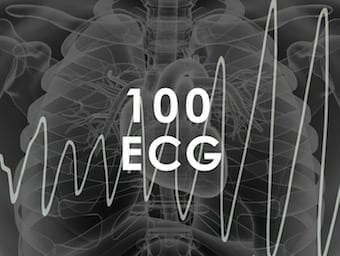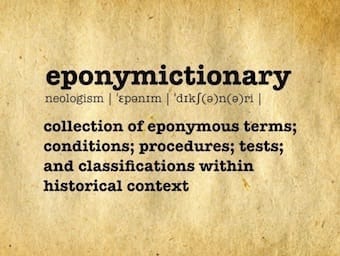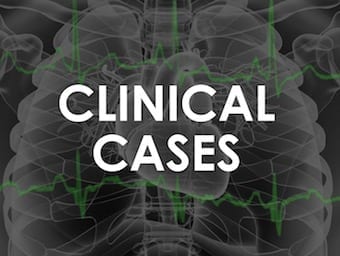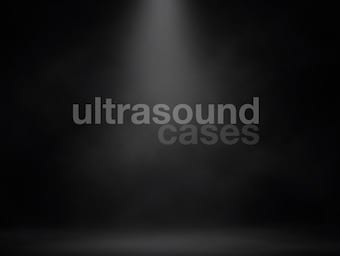
ECG Case 073
ECG of a 7 year old boy presenting with intermittent feeling of 'butterflies fluttering' in his chest

ECG of a 7 year old boy presenting with intermittent feeling of 'butterflies fluttering' in his chest

A 24 year old woman fell on an outstretched hand while playing netball. Describe her forearm X-ray

Thomas test is a physical examination test, first described in 1875 by the Welsh bonesetter Hugh Owen Thomas (1834–1891)

A teenager in atrial fibrillation with a worrying family history. A very unusual looking ECG with Familial Fibrillation... congenital SQTS

A 26-year old man presents to ED by ambulance after an episode of syncope while playing soccer. RVOT, BCT, ARVC, ARVD

Can you spot the subtle ECG abnormality that will help you nail the diagnosis in this patient with chest pain? HINT - U wave inversion...

Presentation A previously well 49 year old man presents with chest pain. He is tachycardic, tachypneoic and hypoxic with blood pressure 110 He is 2 weeks post ankle surgery. Describe and interpret these scans

An 18-year old male is brought to ED by ambulance following a generalised seizure at home. Has he taken TCA, can you save his life?

Can you correctly interpret the ECG findings in a marathon runner with gastroenteritis? What is their significance? Is this AIVR?

15-year old boy presents to ED with sudden onset of palpitations while playing sport. Manage this Broad Complex Tachycardia

45 year old male presents with left sided chest pain after scuba diving. What does the ultrasound show? Tiny pneumothorax and lung point

This ECG Exigency serves up 5 different risky rhythm strips. Each tells a story. Can you work out what is happening before its too late?